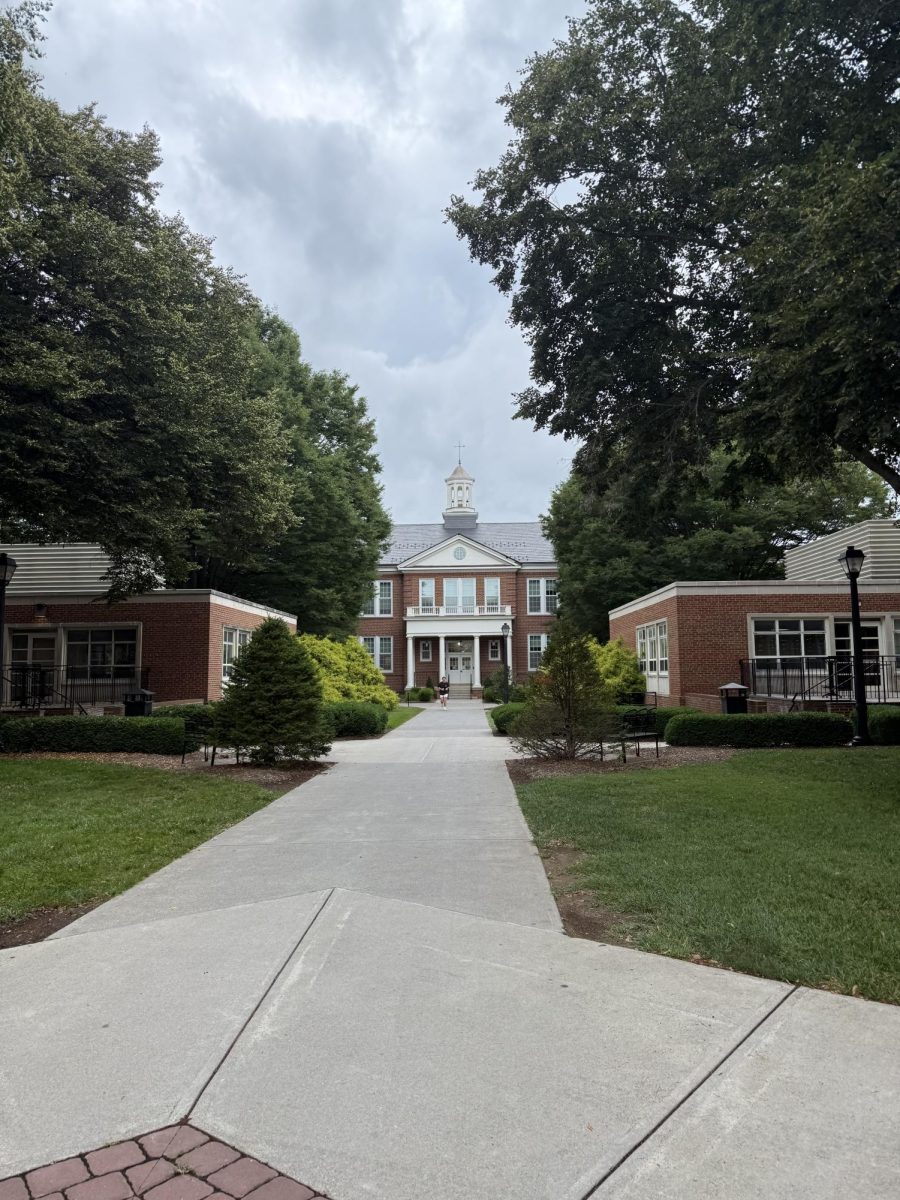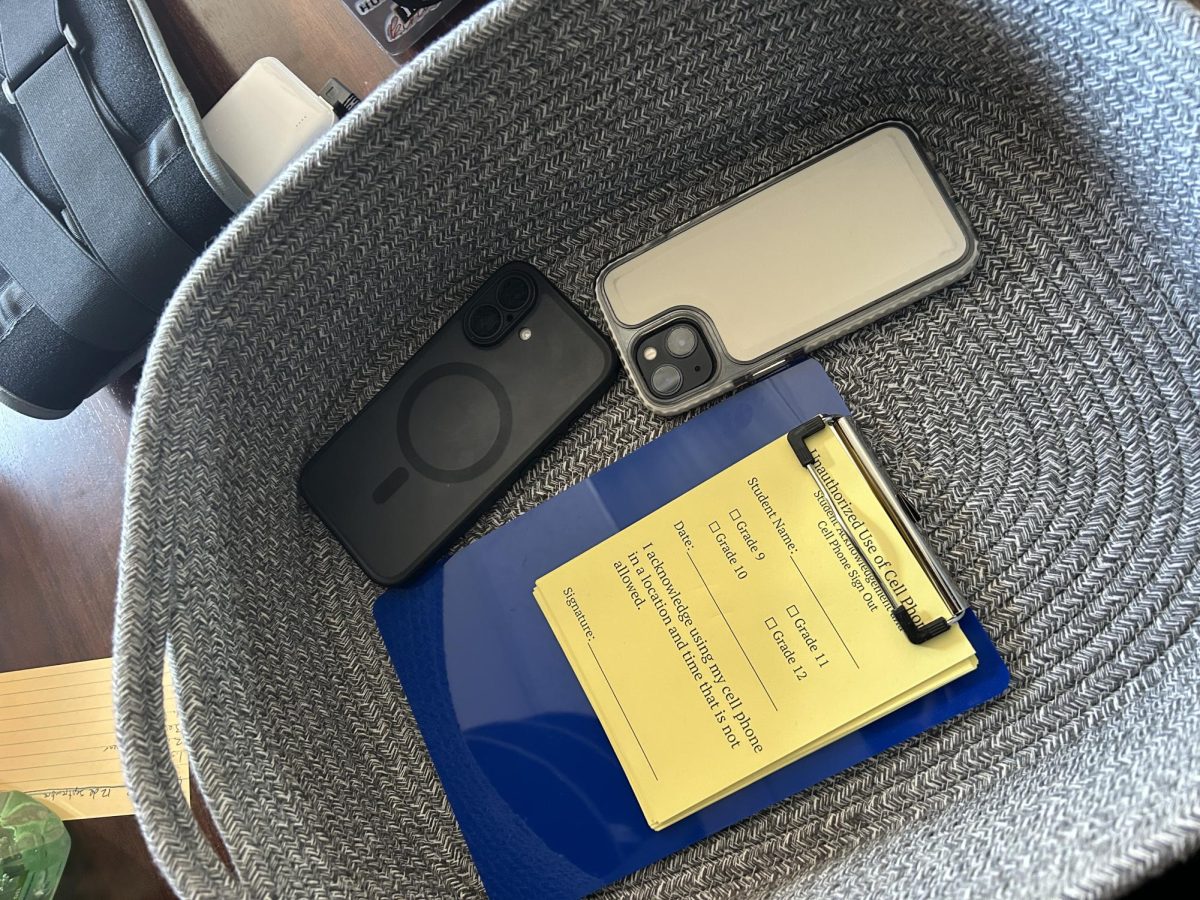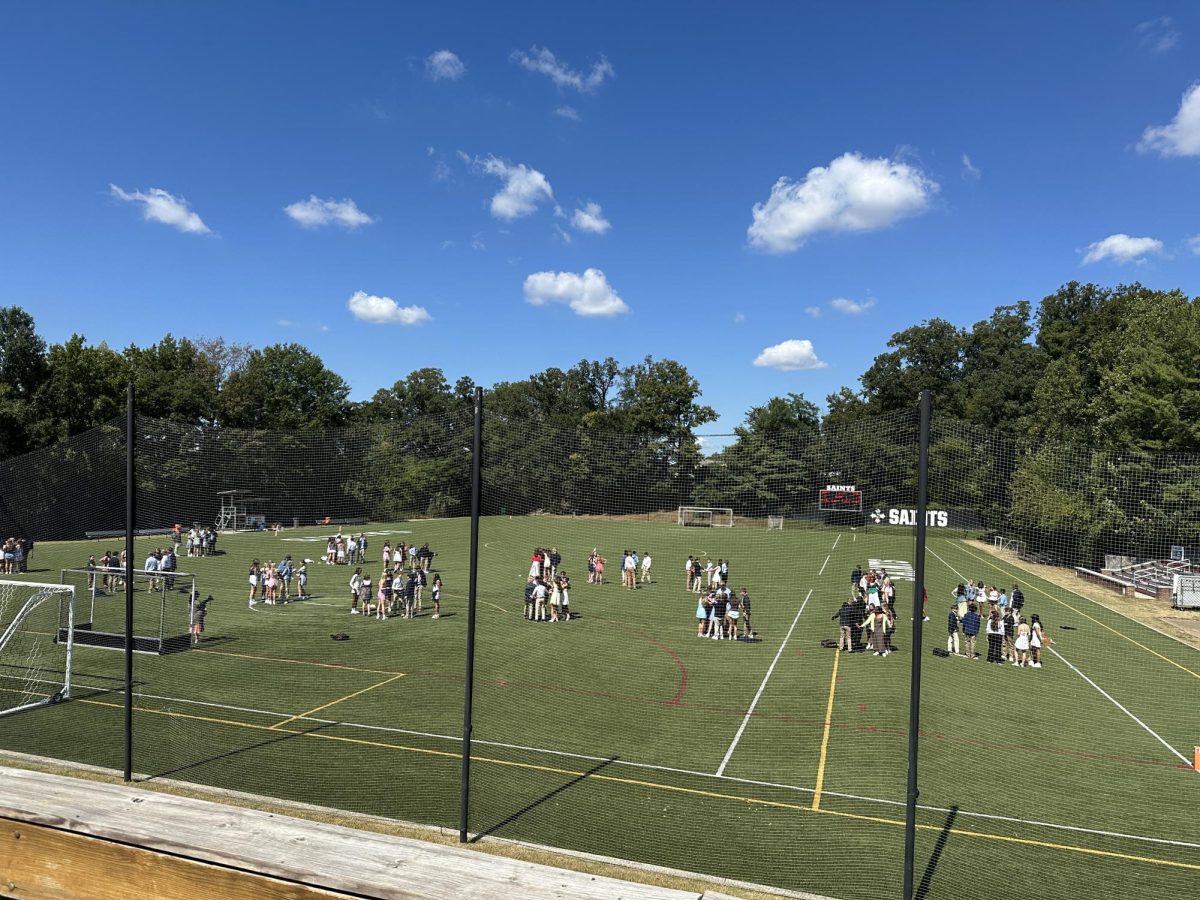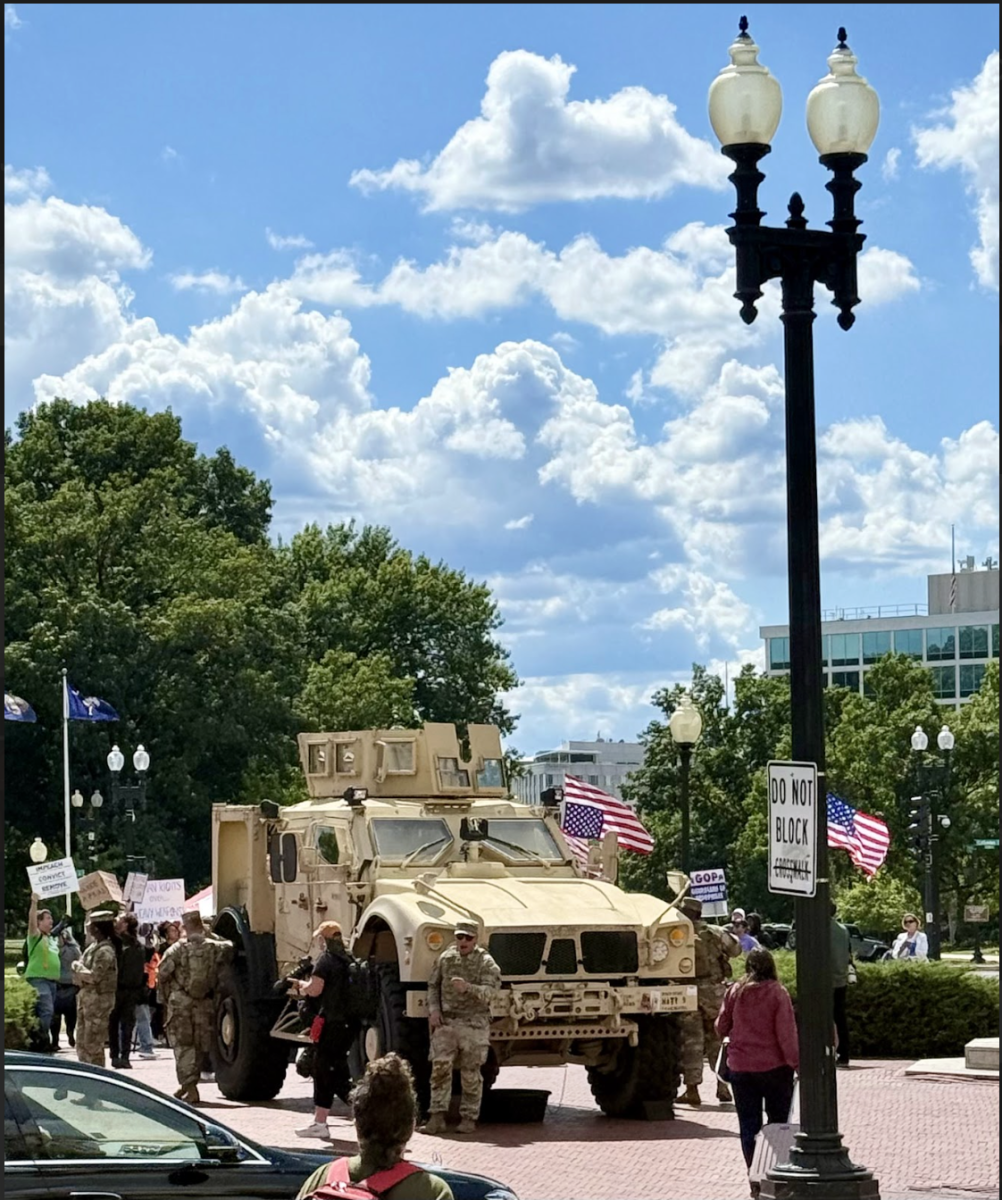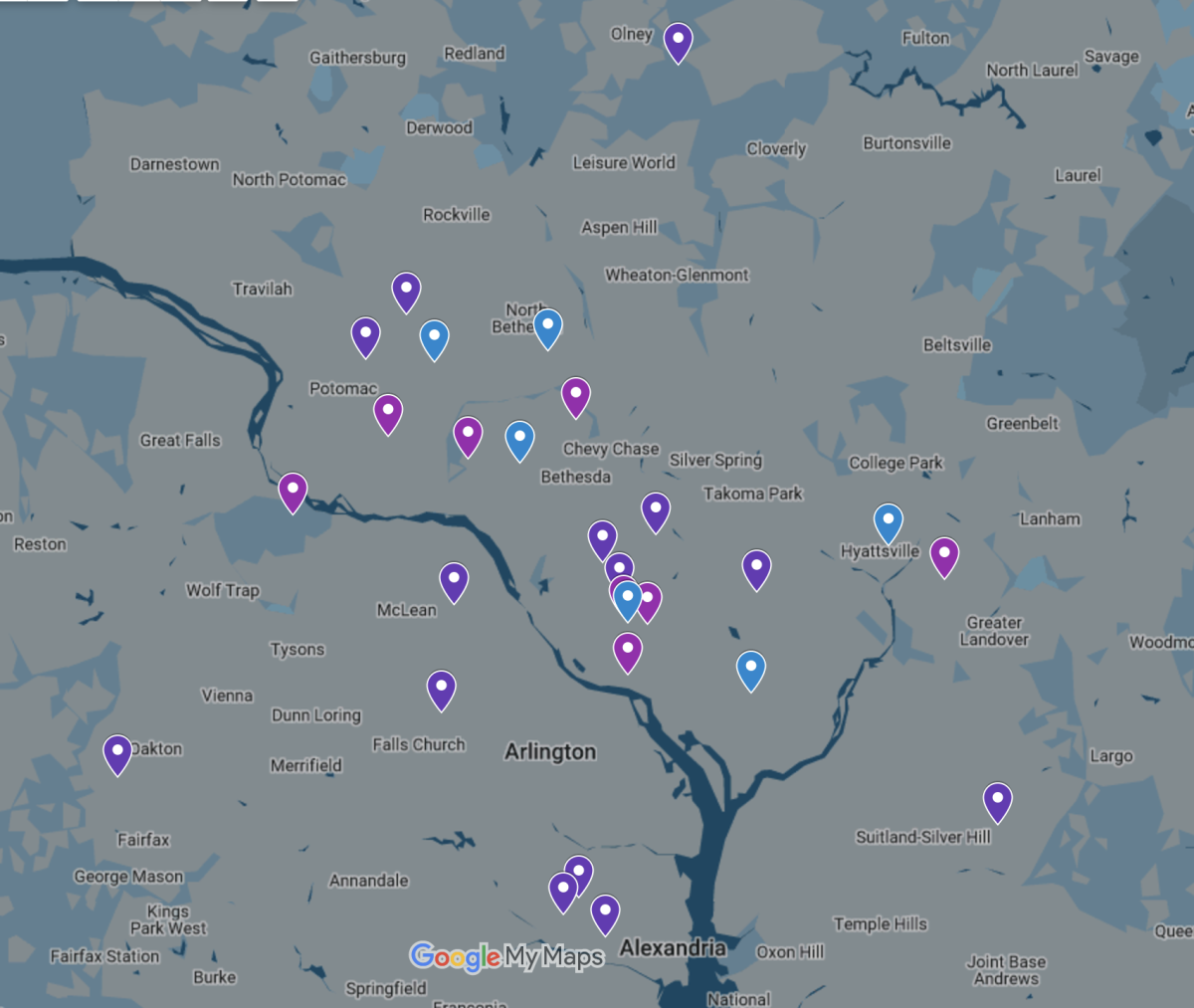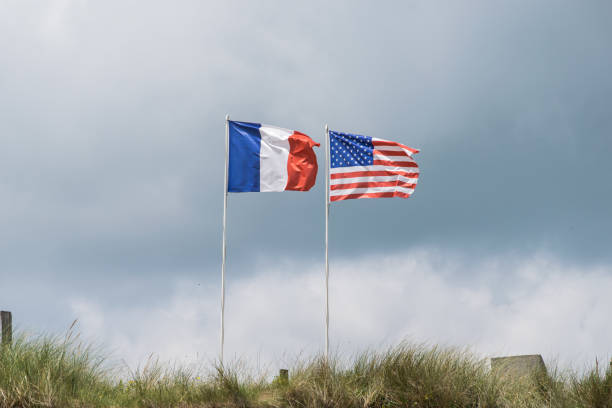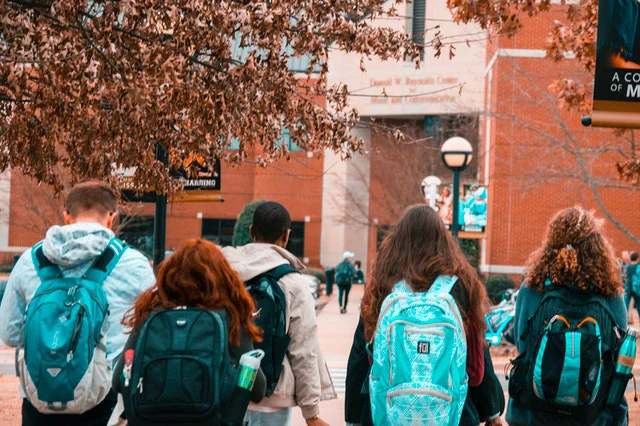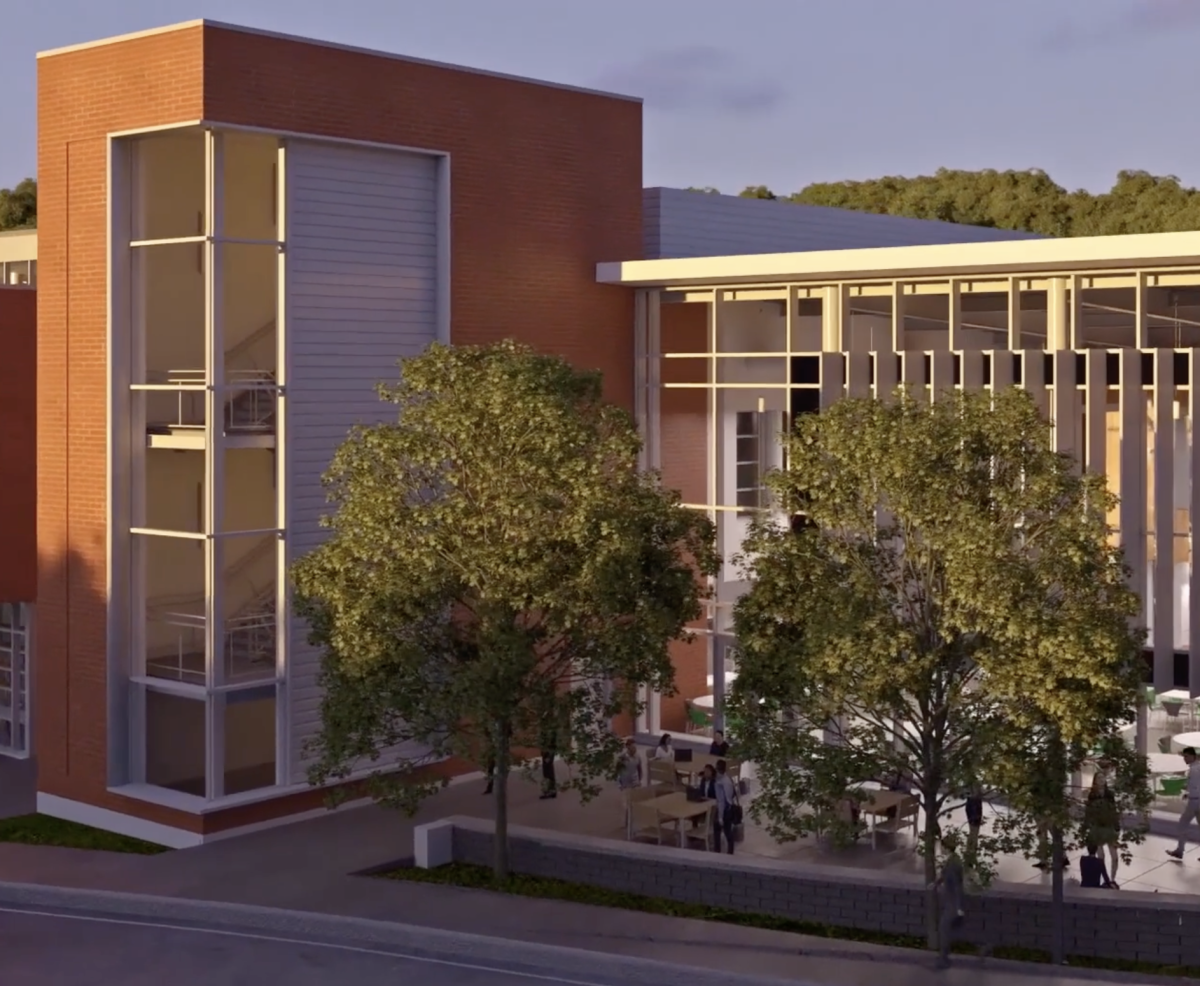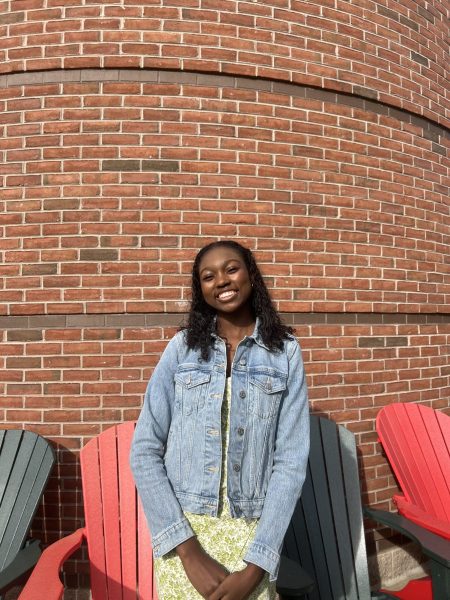Brick by brick, the new addition to the campus is quickly being constructed, and students are starting to get excited. Our school has even started tours for students of the almost finished building. With the project wrapping up, was the overall construction safe for the environment? New construction can increase carbon emissions by up to 40%, and this is not the only construction going around Alexandria, because of the Minnie Howard renovations also going on right now. With the amount of building projects in the area, some have environmental concerns.
For the renovation, Mr. Mallett and the other administrators wanted to make sure that the construction taking place on our campus was LEED certified, or LEED compliant. LEED stands for Leadership in Energy and Environmental Design, and is the most popular green-friendly building rating system. The U.S Green Building Council sets the LEED certified standards. The Upper School building is not going to be LEED certified, but it’s going to be Alexandria city LEED compliant, which is equivalent to LEED gold. In comparison, LEED compliant is the city standards of what a construction can be. LEED’s certification approval can help supply healthy and cost-saving buildings that are safe for the Upper School and the environment.
Davis Construction superintendent Kevin Meade, who is currently working on the renovation, gave us information about LEED certifications and what our school’s renovation requirements fit in. He explained, “The architects started the building process with a LEED in mind. Now remember, it is attached to an older building. This is the way the city would do it, too. They go like this and say, okay, that building is gold, that building is silver. But whenever that gets remodeled, once that’s LEED gold, this is LEED gold, then they can put that plaque on the wall that says LEED Gold.” He also adds on the different levels of LEED certification,“LEED has different standards, LEED Platinum being the highest.”
Mr. Mallett added insight on other green efforts in construction. The green design features of the new building includes composting, open stairs, low mercury lighting, and an occupant survey to assist with occupant comfort and increase sustainability. The new building will also include lots of natural light and flooring paints with low VOC (volatile organic compounds). As for waste management, SSSAS construction workers recycle construction debris which may include concrete, steel, wood, and other trash pieces. Mr. Mallett also mentioned that the indoor water in our new building uses low-flow fixtures, which reduces the strain on water supplies while promoting sustainability.
The construction is estimated to wrap up in July 2024. Our school has put strong efforts into being sustainable; however, it can be hard with a large project like this. Our school has had success with other green efforts, like the project where all three campuses recycled over 1,000 pounds of plastic. Our school has been consistently committed to being environmentally friendly, and this construction shows.
